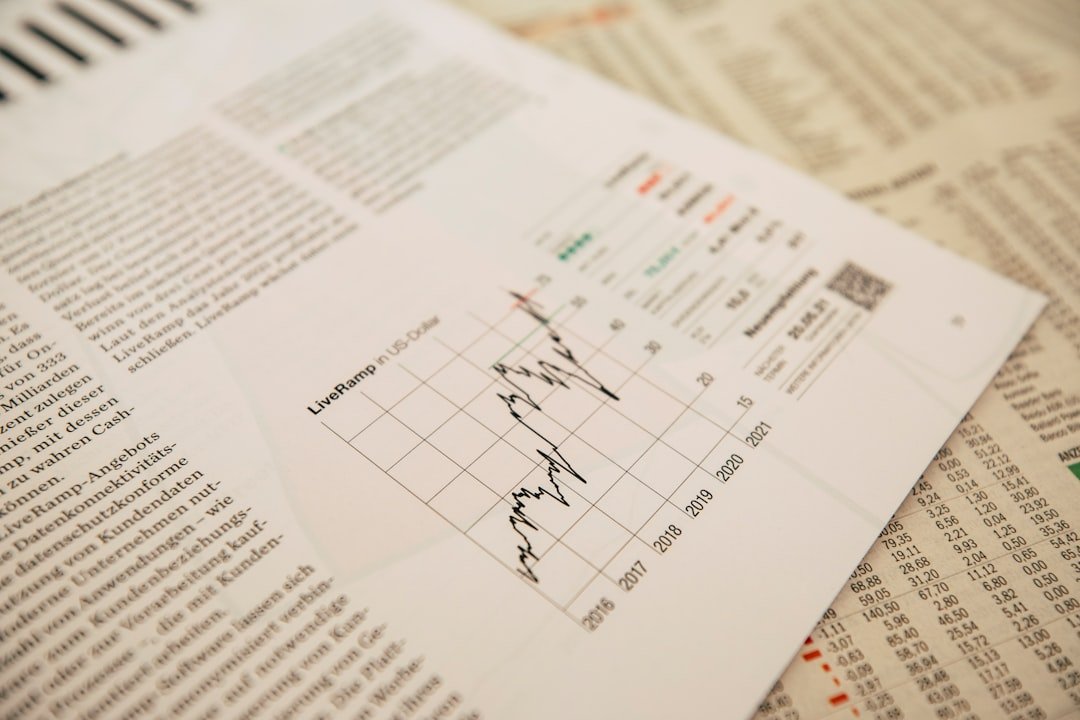Unlocking Financial Insights: How to Read a Company’s Balance Sheet Before Investing
Investing in the stock market can be a thrilling yet daunting prospect. Making informed decisions requires a thorough understanding of a company’s financial health, and the balance sheet is your key to unlocking crucial insights. This comprehensive guide will equip you with the knowledge to navigate a company’s balance sheet effectively, enabling you to make smarter investment choices.
Understanding the Balance Sheet’s Structure
The balance sheet, a cornerstone of financial statements, provides a snapshot of a company’s assets, liabilities, and equity at a specific point in time. It adheres to the fundamental accounting equation: Assets = Liabilities + Equity. Let’s break down each component:
Assets: These are what a company owns, representing its resources and potential for generating future income. Assets are typically categorized into:
- Current Assets: Assets expected to be converted into cash within one year (e.g., cash, accounts receivable, inventory).
- Non-Current Assets (Long-Term Assets): Assets with a lifespan exceeding one year (e.g., property, plant, and equipment (PP&E), intangible assets like patents).
Liabilities: These represent a company’s obligations to others. Like assets, liabilities are categorized into:
- Current Liabilities: Debts due within one year (e.g., accounts payable, short-term loans).
- Non-Current Liabilities (Long-Term Liabilities): Debts due in more than one year (e.g., long-term loans, bonds payable).
Equity: This represents the owners’ stake in the company. It’s the residual interest in the assets after deducting liabilities. It includes retained earnings (profits reinvested in the business) and contributed capital (investments made by shareholders).
Key Ratios and Metrics to Analyze
Simply reviewing the raw numbers on a balance sheet isn’t enough. Calculating key ratios and analyzing trends provide a more insightful picture. Here are some crucial metrics:
1. Current Ratio: (Current Assets / Current Liabilities) This ratio indicates a company’s ability to meet its short-term obligations. A higher ratio (generally above 1) suggests better liquidity.
2. Quick Ratio (Acid-Test Ratio): (Current Assets – Inventory) / Current Liabilities. This is a more conservative measure of liquidity, excluding inventory which may not be easily converted to cash.
3. Debt-to-Equity Ratio: (Total Debt / Total Equity) This ratio shows the proportion of financing from debt versus equity. A high ratio indicates higher financial risk.
4. Debt-to-Asset Ratio: (Total Debt / Total Assets) This ratio measures the extent to which a company’s assets are financed by debt.
5. Working Capital: (Current Assets – Current Liabilities) This reflects the company’s short-term financial flexibility.
Analyzing Trends Over Time
Comparing a company’s balance sheets over several periods (e.g., quarterly or annually) is crucial. Analyzing trends reveals patterns in asset growth, debt accumulation, and changes in equity. This helps assess whether a company is improving or deteriorating financially.
Considering Industry Benchmarks
It’s essential to compare a company’s balance sheet ratios to industry averages and competitors. A seemingly high debt-to-equity ratio may be acceptable in capital-intensive industries like manufacturing, while it could be a red flag in others.
Red Flags to Watch Out For
While analyzing the balance sheet, watch out for these warning signs:
- Consistently declining current ratio: Suggests increasing difficulty in meeting short-term obligations.
- High debt-to-equity ratio: Indicates a higher level of financial risk.
- Significant increase in accounts receivable: May suggest problems with collecting payments from customers.
- Large increase in inventory: Could indicate potential issues with sales or obsolete inventory.
Conclusion
Mastering the art of interpreting a company’s balance sheet empowers you to make more informed investment decisions. By understanding the structure, calculating key ratios, analyzing trends, and comparing against industry benchmarks, you can significantly reduce investment risk and increase your chances of success. Remember that the balance sheet should be analyzed in conjunction with the income statement and cash flow statement for a holistic understanding of a company’s financial performance.








